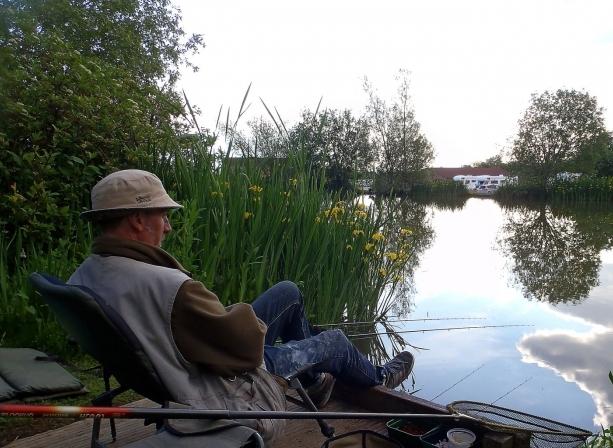In the springtime, when the water heats up to a temperature of 12-14 degrees above zero, in the coastal zones of lakes and rivers covered with reeds, you can well and with pleasure hunt for crucian carp.

It has been established that the hollow structure of reed stalks has the ability to accumulate solar heat, so the water around them is two degrees warmer than in the open. For humans, this temperature difference seems insignificant, but for residents of the reservoir it is of great importance. In such places, life in the aquatic environment begins two to three weeks earlier, which has a significant effect on the activity of crucian carp in search of food, and spring fishing at this time can always be successful. It is natural that the sun with uneven uniformity illuminates the coastal areas. For this reason, crucian migrates in shallow water with reed beds. It should be noted that spring fishing, carried out in a shaded place, will not bring much luck, but in a lighted area, on the contrary, it promises good luck.
Fishing for crucian carp in the spring has its own characteristics: for example, you find a well-lit open area between reed beds 2-2.5 meters wide, and you are faced with the logical question - in which place will the bait give the best result? From the experience of professional fishermen it is known that crucian carp is very much attached to a certain temperature regime of water, a food base of natural algae, and no bait will move it further than this place. From this it follows that crucian carp very much depends on reed beds and, making a sortie by 20-40 cm from them, grabs the nozzle and rather drags it back to its usual place.
Spring fishing on the Volga and other lowland rivers, whose coastal zones, as well as on the lakes, are covered with thickets of
cattail, reeds and reeds, is no different. And even if fishermen use the same bait and bait, spring fishing in the reed zone and in the open place has directly opposite results. What must bait contain in itself to make this fish leave its place in the thicket? There is a simple but quite effective way: you need to take a piece of dense fabric (tights are quite suitable),. fill with live worms with good activity, tie tightly and throw it near the thickets. Moving, worms in water create vibrations that lure crucian carp out of reeds.
Now it’s up to the nozzle. What to apply so that spring fishing does not bring disappointment? The best option is a comprehensive nozzle of two small maggots and a small worm. Replacing maggot with larvae of burdock moth brings a good result. A seductive nozzle for large crucian carp is a shitik in his house, but there is one trick: you need to hook the house with a piercing so that the head of the larva comes out and cannot get back. Both in rivers and in lakes, where there is a flooded snag at depth, for crucian carp the bark beetle larva with a worm will be an excellent nozzle.